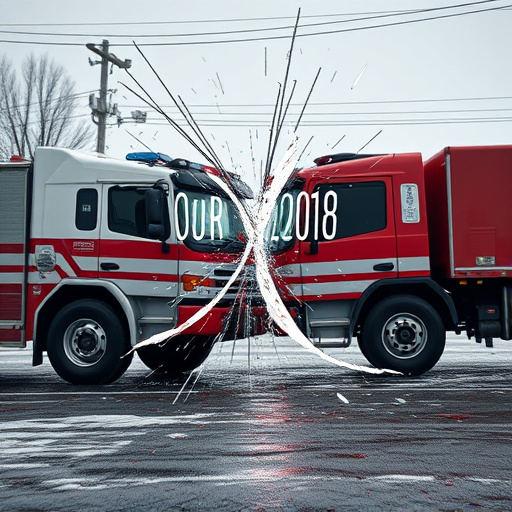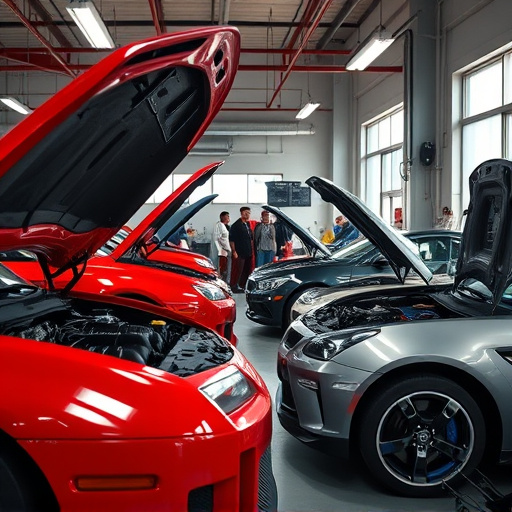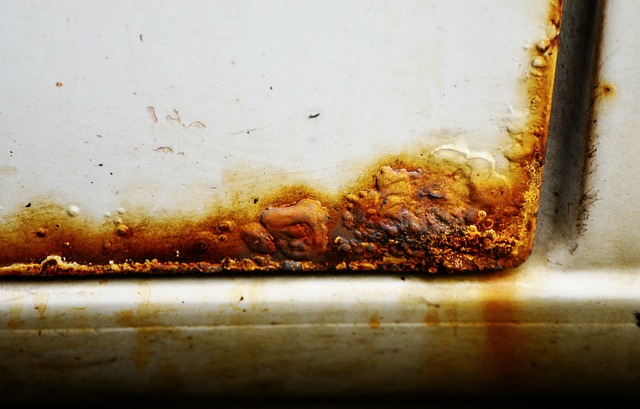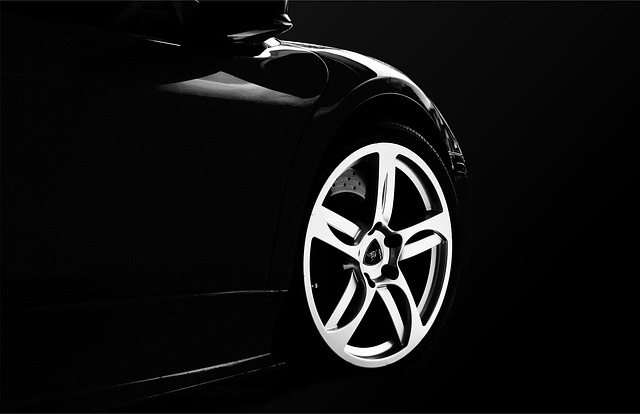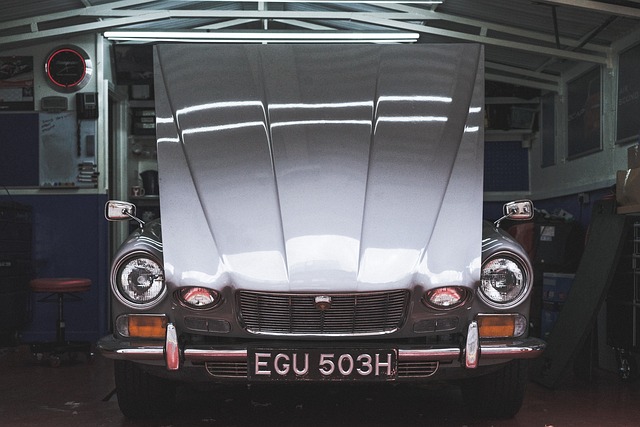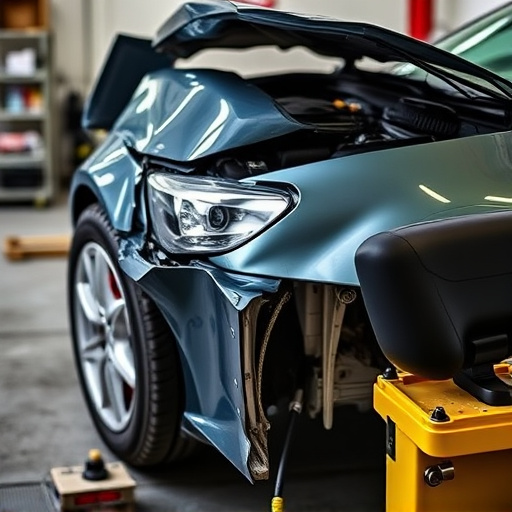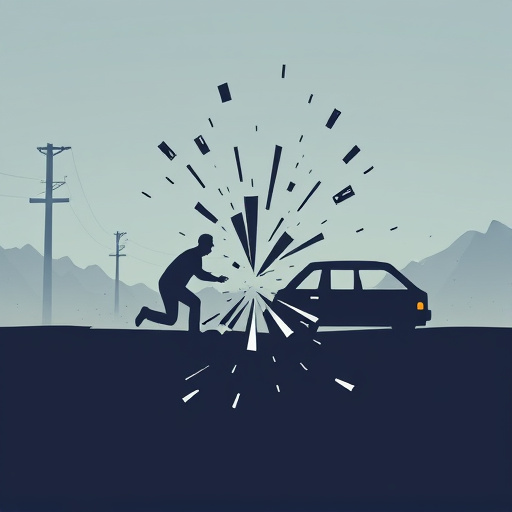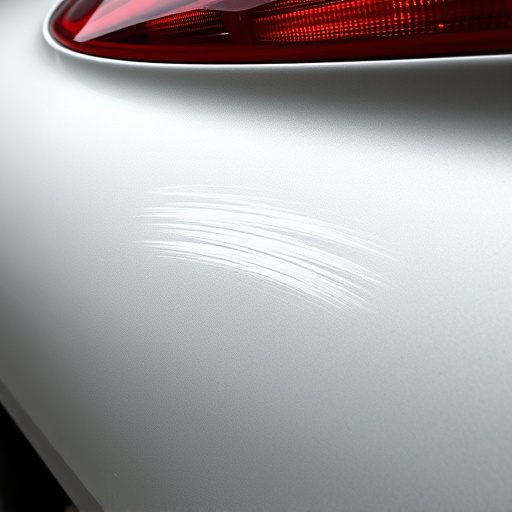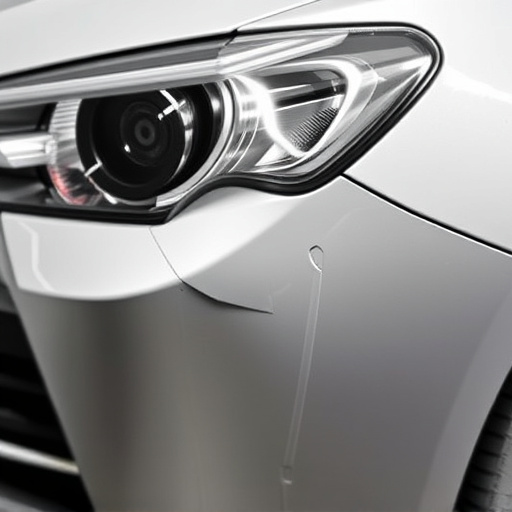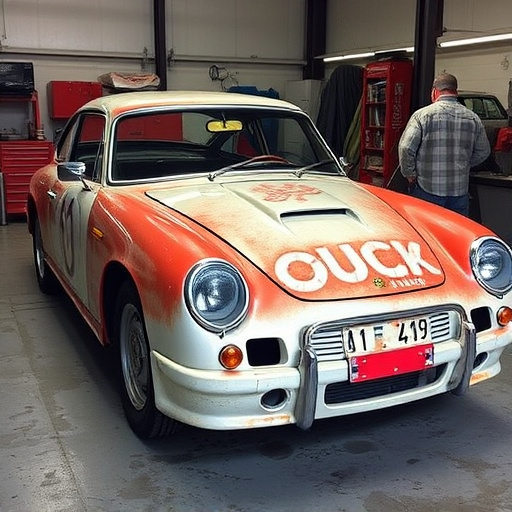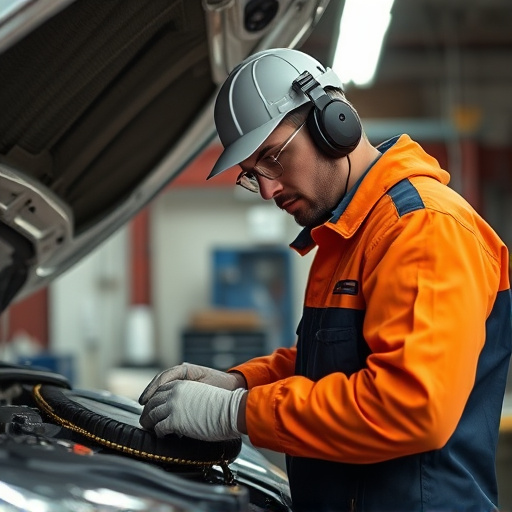Tesla suspension systems require regular care and professional alignment to maintain optimal ride quality, handling, and safety. Misalignment issues arise from design, road conditions, driving habits, and electric vehicle weight distribution. Diagnosis involves visual inspections, wheel aligners, and diagnostic tools measuring camber, caster, and toe angles. Repairs may include frame straightening or body work adjustments to control arms, ball joints, and struts for improved handling and safety.
Tesla vehicles, renowned for their cutting-edge technology, are not immune to suspension alignment issues. This comprehensive guide delves into the intricacies of Tesla’s advanced suspension systems and explores common causes of misalignment in modern Teslas. Understanding the basics and key components is crucial. We break down the diagnostic process step-by-step, offering practical solutions for resolving these problems. By addressing these issues, Tesla owners can enhance their driving experience and ensure optimal vehicle performance.
- Understanding Tesla Suspension Systems: Basics and Components
- Common Causes of Misalignment in Modern Teslas
- Diagnosing and Resolving Alignment Issues: A Step-by-Step Guide
Understanding Tesla Suspension Systems: Basics and Components
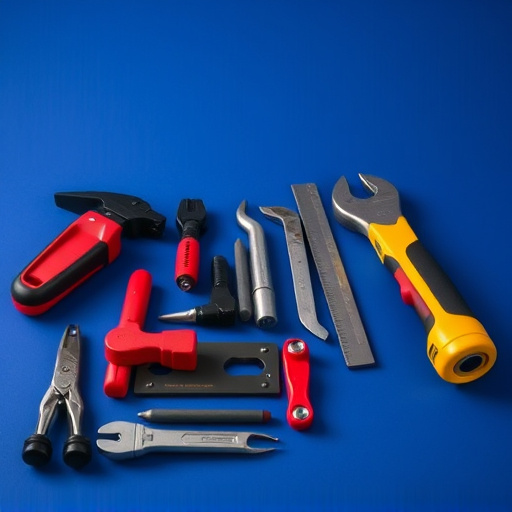
Tesla suspension systems are engineered for precision and performance, but like any complex mechanical structure, they require regular attention and care to maintain optimal function. The suspension alignment, a critical aspect, involves the precise positioning and orientation of various components to ensure smooth ride quality and handling characteristics.
These systems comprise several key elements such as control arms, ball joints, struts, shocks, and springs. Each component plays a vital role in maintaining vehicle stability, absorbing road impacts, and enabling accurate steering. Any misalignment or damage to these parts can lead to noticeable issues like uneven tire wear, handling problems, and even safety hazards. Therefore, regular checks and professional Tesla suspension alignment services are essential to keep your vehicle running smoothly and safely. Considering the specialized nature of Tesla vehicles, entrusting such tasks to experienced auto body repair professionals who understand both the brand’s unique requirements and the latest advancements in suspension technology is advisable. This ensures not just effective repairs but also preserves the vehicle’s performance and longevity, ultimately contributing to a satisfying driving experience.
Common Causes of Misalignment in Modern Teslas
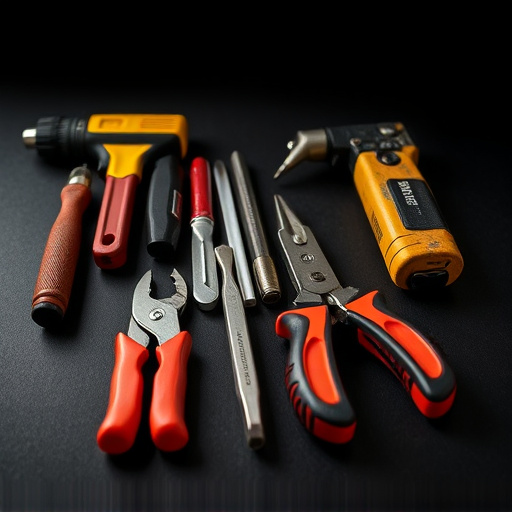
In modern Teslas, misalignment issues often stem from several common causes. One significant factor is the vehicle’s advanced design and complex suspension system, which, while innovative, requires meticulous care during both manufacturing and maintenance. Regular road conditions, including potholes and uneven surfaces, can negatively impact alignment over time, as these obstacles can gradually bend or twist the car’s frame and suspension components. Moreover, high-speed driving, sharp cornering, and aggressive braking can accelerate these issues due to the stress placed on the vehicle’s structure.
Another factor is the weight distribution of the electric vehicles (EVs), which tends to be higher at the rear due to battery placement. This imbalance can lead to increased wear on certain suspension parts, particularly in the front end, causing misalignment. Furthermore, routine maintenance and proper handling are crucial; neglecting regular alignment checks or delaying necessary repairs for issues like damaged car bodywork or even simple nicks and scratches that affect the vehicle’s structure can contribute to long-term misalignment problems. Autobody repairs should be addressed promptly to preserve the Tesla’s original suspension alignment.
Diagnosing and Resolving Alignment Issues: A Step-by-Step Guide
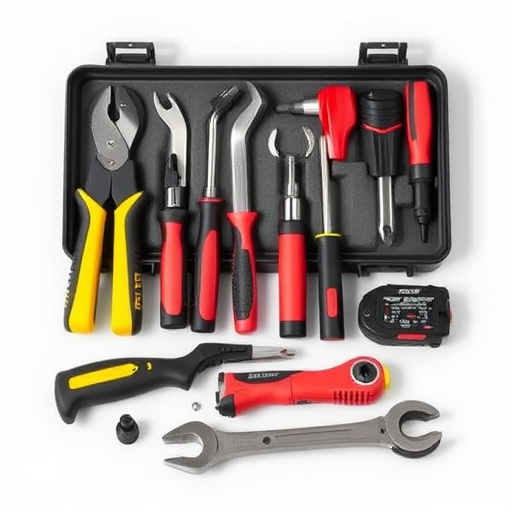
Diagnosing Tesla suspension alignment issues requires a methodical approach. Start by visually inspecting the vehicle for any signs of uneven tire wear or obvious damage to the wheels, tires, and suspension components. Check for misaligned wheels, which can be determined by comparing the positions of the wheels with the vehicle’s centerline. A simple tool like a wheel aligner can aid in this process. If visual inspection reveals abnormalities, proceed with more detailed checks.
Next, use specialized diagnostic tools to identify specific alignment problems. These tools can measure camber, caster, and toe angles, ensuring they adhere to Tesla’s specifications. For instance, an uneven camber might indicate a bent or misaligned wheel, while a faulty caster could affect steering precision. If issues are detected, resolution often involves frame straightening or minor car body repair for more severe cases, such as those resulting from a fender bender. Adjustments can be made to components like control arms, ball joints, and struts to realign the suspension correctly, enhancing both vehicle handling and safety.
Tesla vehicles, renowned for their cutting-edge technology, can experience suspension misalignment issues due to various modern factors. By understanding the intricate suspension systems and common causes, car owners can effectively diagnose and address problems promptly. Armed with this knowledge, drivers can ensure optimal vehicle performance and safety, making regular checks and timely repairs a priority for maintaining the renowned Tesla driving experience.

